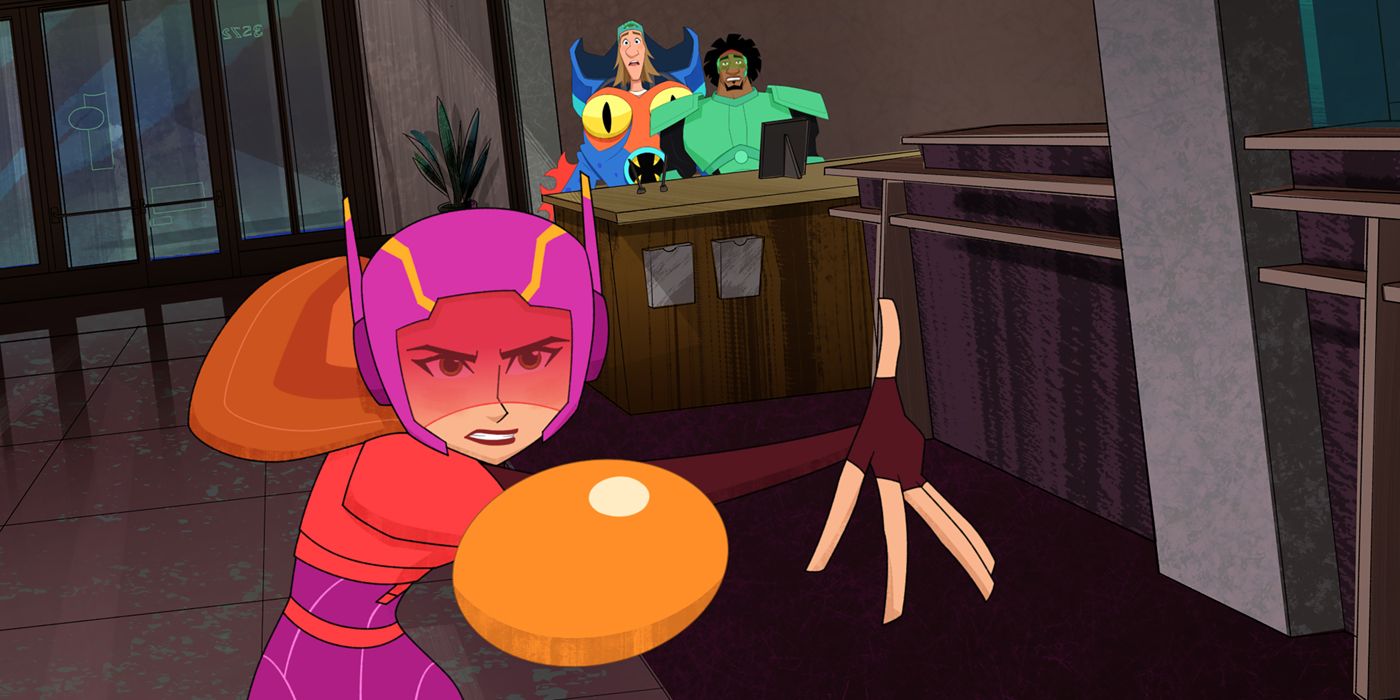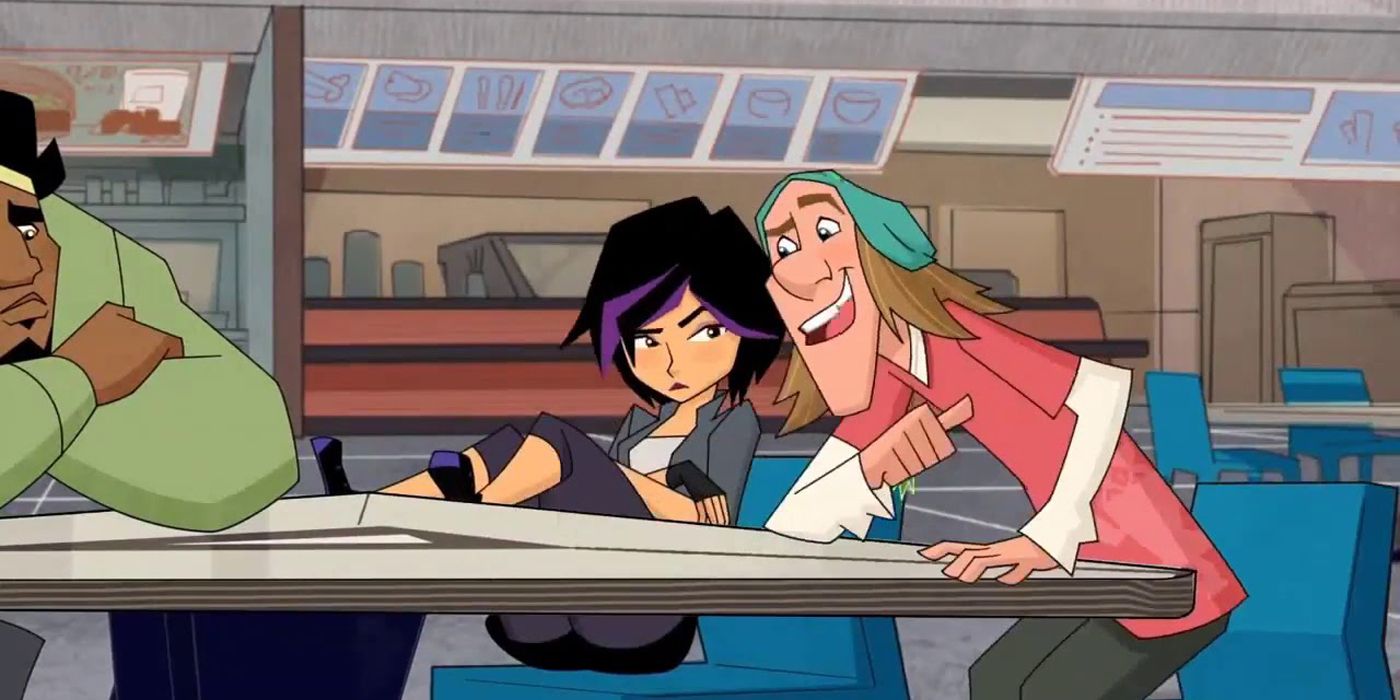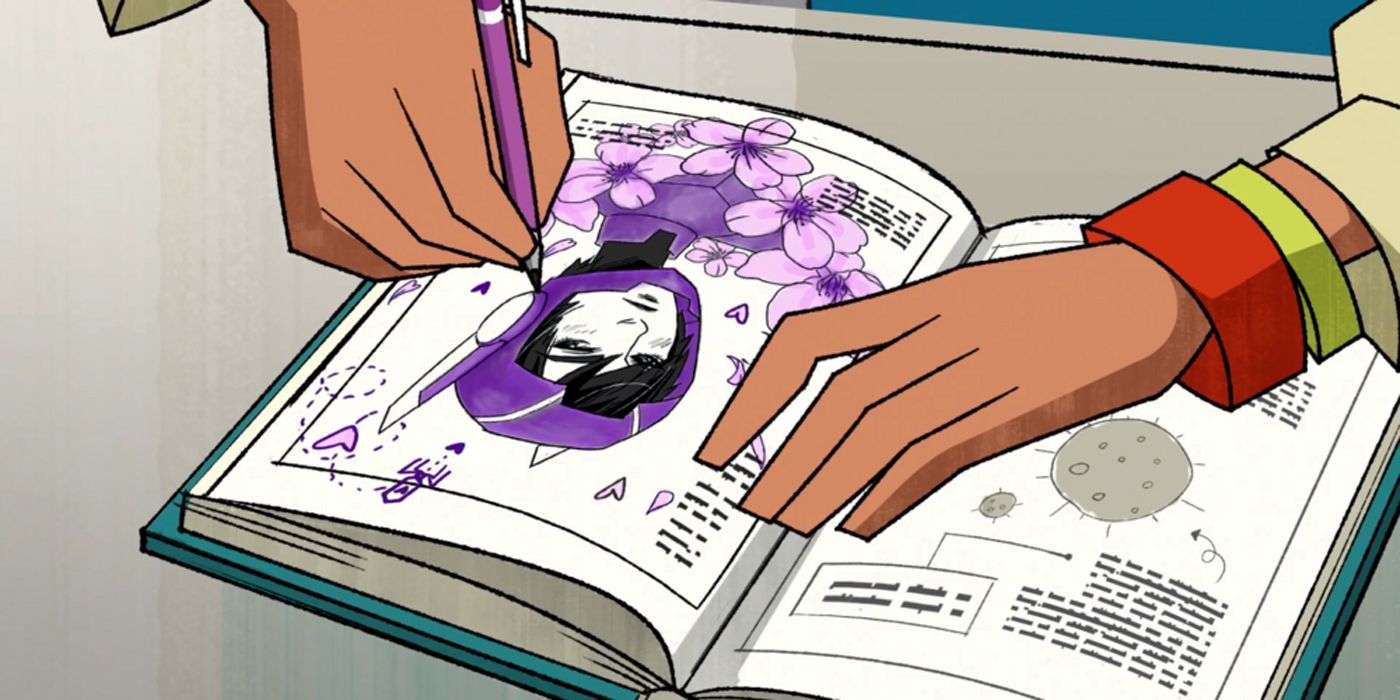The success of the 2014 Disney film Big Hero 6 was enough to prompt follow-ups using other media. From an appearance in the Kingdom Hearts series to Yen Press' upcoming graphic novel, the reimagining of the Marvel media has seen some varied continuation. Less advertised, however, is the TV show based on the movie which acts as a direct sequel, Big Hero 6: The Series.
First airing in 2017 and concluding with its third season in early 2021, Big Hero 6: The Series followed the continuing adventures of Hiro Hamada and friends as they protect San Fransokyo from various villains. Cleverly doing what all good sequels do, the series not only expanded the world and the characters, but it also examined various superhero tropes and how they affected the characters, mostly through Fred framing it against his comic book collection. And this is put into focus in Season 1, Episode 3, "Issue 188," which explains one of the bigger hand waves that superheroes often face: "Clark Kenting."
Clark Kenting, to explain the trope, is how a superhero with an exposed face can continue to walk about as a civilian without being identified. Named after the original Clark Kent, who only has a pair of glasses to disguise his fully exposed face as Superman, it's a trope that has always been picked at in superhero media. In Big Hero 6's case, it becomes an issue for Hiro when he realizes that his academic rival Karmi has a crush on his superhero self, but can't stand civilian Hiro -- and apparently can't make the connection between the two, despite seeing him up close.
In between his issues with Karmi and battling the musically-inclined supervillain duo High Voltage, Hiro hashes out his confusion on this topic with his friends, with Fred offering an explanation via his usual framework of comic books. According to the in-universe comic book Captain Fancy #188, the reason Karmi never makes the connection is very simple: "People see what they want to see." Basically, Karmi won't make the connection because she doesn't see civilian Hiro as more than a rival.
It really does explain Clark Kenting as simply as possible, and is something that fans of such superheroes have taken note of -- it's beyond Lex Luthor to view Superman as having a day job. It strains the bounds of credulity to put two such disparate people together, and as observed in the Skulduggery Pleasant series, it's amazing what one can get away with when people think it's impossible. People's reasoning tends to follow Occam's Razor in that the simplest explanation is usually the one they go with. Identifying any superhero as a regular person just like them simply doesn't jive -- they must be fantastic twenty-four seven. As Clark Kent said in one Superman comic, people's observations are that he looks like Superman, not that he is Superman.
And it's this line of reasoning that protects the team despite their lackadaisical treatment of their secret identities (it's easier to count who doesn't know their identities by the end of the show). Someone like Professor Granville puzzles it out because she sees the potential in these kids and how things connect, but someone like Karmi, who sees Hiro as an annoying little boy that stole her thunder, won't make that same connection. Now, seeing as how her opinion of him was changing in the Season 3 episode "Big Chibi 6," it's possible that she would have eventually made the connection. But since the show was cut short as per Disney's three-season policy, that remains up to fan speculation. As it stands, however, Big Hero 6: The Series explained an age-old trope in one sentence and did it better than most superhero stories



